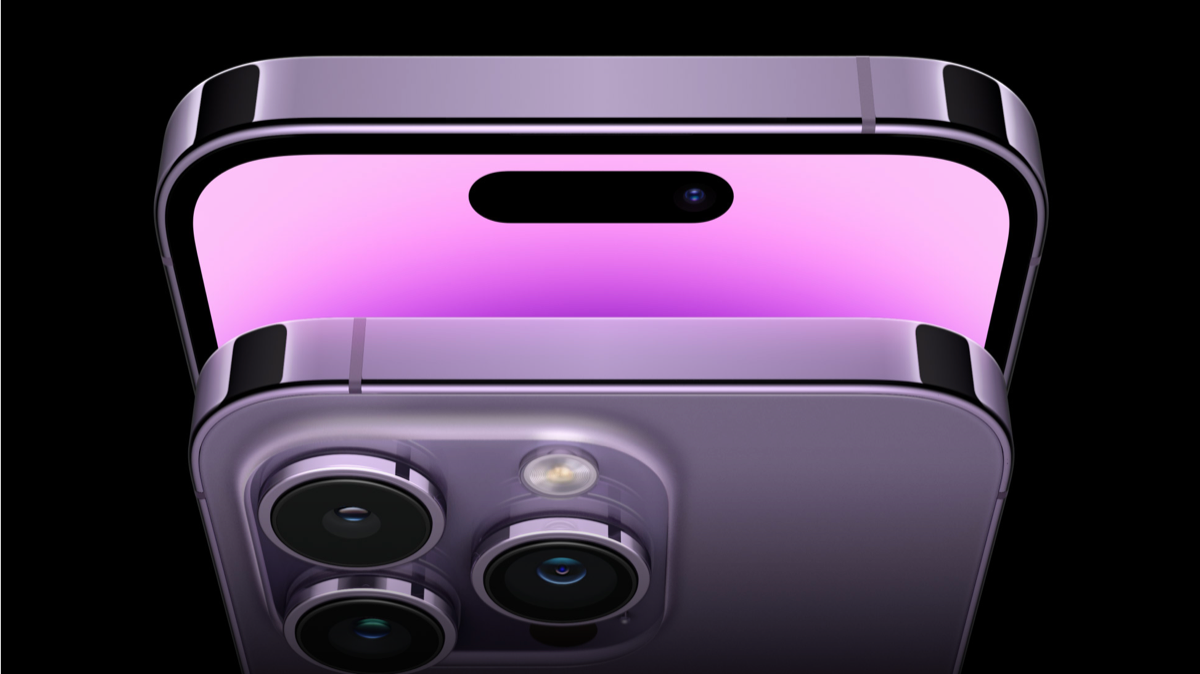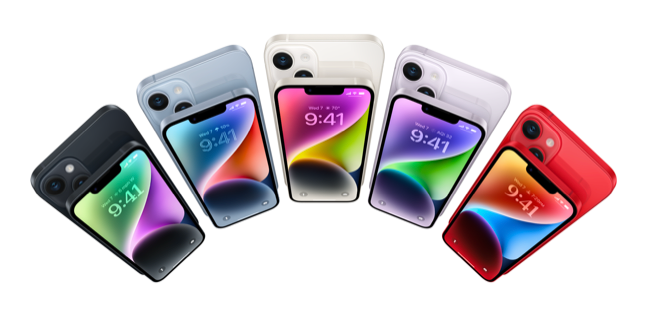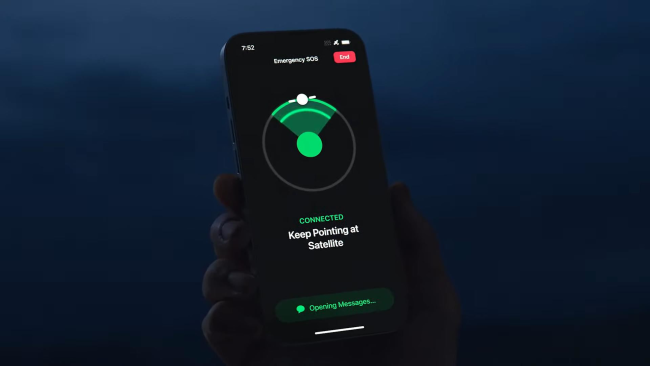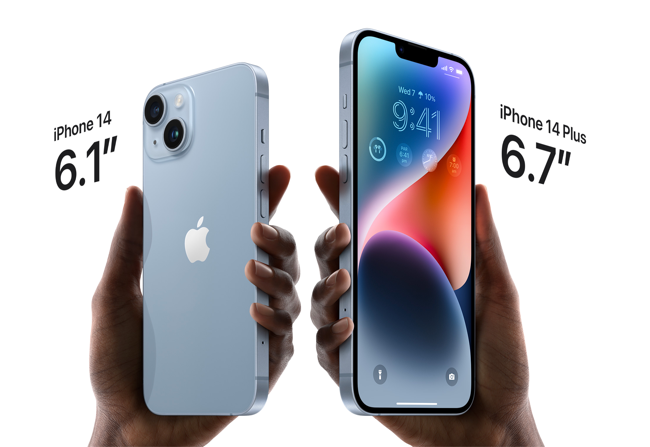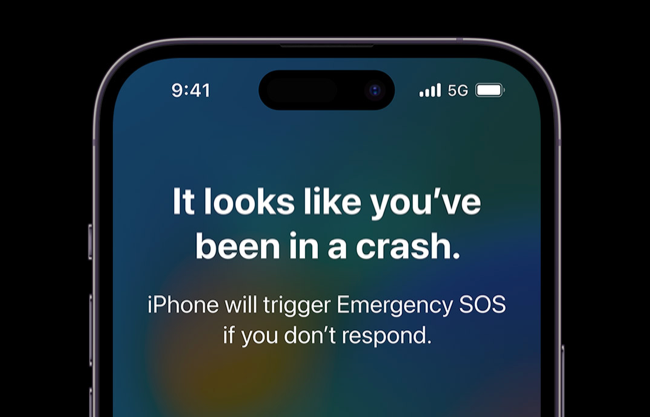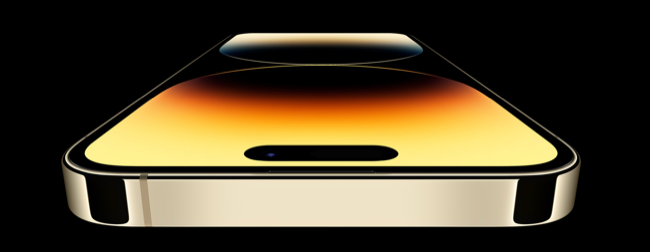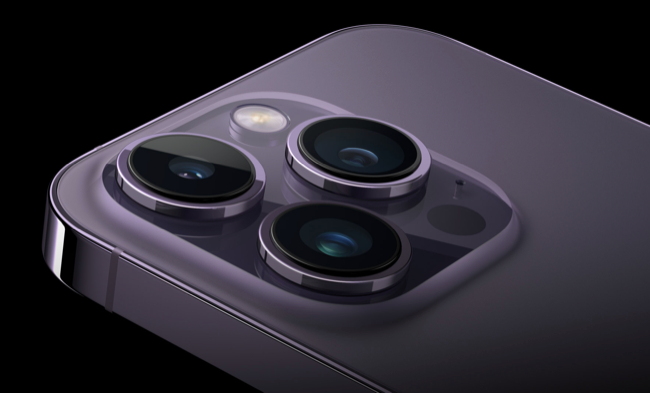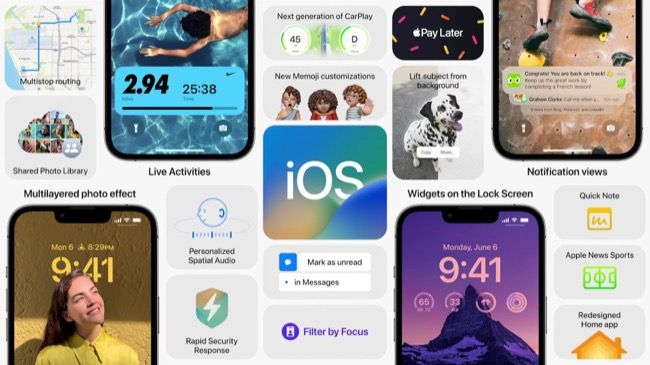Quick Links
Apple announced the iPhone 14 along with new Plus, Pro, and Pro Max models on September 7, 2022. With new satellite connectivity features on every model and a redesign of the notch on the iPhone 14 Pro, there are some big changes this time around.
No More SIM Card Slot (in the US)
Apple has made headlines in the past with its decision to drop features like optical drives, headphone jacks, and USB-A ports. The company is at it again with US versions of the iPhone 14 lacking a physical SIM card slot. In order to connect the iPhone 14 or 14 Pro to a cellular network, you will have to rely on an eSIM instead.
eSIM is short for "embedded SIM," and it allows you to pick and switch carriers without removing a physical SIM card. The feature isn't new and has appeared in many models of Apple's smartphone in the past, starting with the iPhone XS. This is the first time US customers have been required to use it.
Instead of switching out a physical SIM card, carriers can be switched on the fly using a preference in iOS Settings. The iPhone 14 can store up to six, while the iPhone 14 Pro can store up to 8. International models of the iPhone 14 lineup will still support a physical SIM card slot (for now)
The move shouldn't cause too much of an issue if you're with a major carrier, but anyone using a smaller budget carrier should check whether their carrier supports an eSIM before buying. The decision to remove the SIM card slot means one less point of ingress to worry about when it comes to water and dust protection, and it should hasten eSIM adoption among cellular carriers worldwide.
New Satellite Connectivity
Both new models of iPhone in 2022 have a new feature called Emergency SOS via Satellite. As the name suggests, this allows the iPhone to connect to the satellite network in an emergency in areas that lack cellular coverage. The service will be available in the US and Canada from November.
Satellite communication uses text messaging to connect with SOS services, even those that only accept voice calls thanks to Apple's "relay centers" that pass text messaging along. Apple also supports non-emergency use, like letting friends and family know you're ok while out of cellular range.
Apple has promised two years of "free" coverage for the service, with no word on how much the feature will cost when that expires. Apple could charge an additional fee or roll the service into its iCloud+ paid tier that already offers features like Hide My Email and iCloud Private Relay when you buy more iCloud storage.
No iPhone mini for 2022
The iPhone 14 now comes with a 6.1" display as standard, with an optional 6.7" iPhone 14 Plus model available for those who prefer a larger screen. Unfortunately, Apple no longer seems to be catering to those who like smaller devices, with the 5.4" iPhone 13 mini not getting an update in 2022.
As a consolation, you can still buy last year's iPhone 13 mini on the Apple website, though at only $200 cheaper than the $799 iPhone 14, it could be a tough sell considering the inferior battery life (a quoted three hours shorter than the iPhone 14).
It's not clear whether Apple will make a new iPhone mini next year or not, so it's too early to say that the smaller iPhone models have been dropped entirely. Apple may instead opt for an alternating Plus and mini cycle, which could work fine considering most people don't upgrade their iPhone every year anyway.
Crash Detection in All Models
Thanks to an improved "high dynamic range" gyro and new "high-g" accelerometer, Apple is rolling out a feature called Crash Detection on all models of iPhone 14 (and Pro). This works like Fall Detection on the Apple Watch, where the iPhone can detect when you've been involved in a car accident and offer to dial emergency services for you.
If you don't respond to the request, the iPhone will proceed to call for help anyway and Siri will provide information about your location.
The feature relies on data gathered by onboard sensors, including sudden shifts in speed, abrupt changes in direction, loud sound levels, and changes in cabin pressure due to deploying airbags.
A Better Notch (iPhone 14 Pro)
Apple has redesigned the divisive notch on the iPhone 14 Pro, complete with a silly new name to boot. Now known as the Dynamic Island, the redesign looks more like the pill-shaped cutouts found on rival Android devices. It houses the front-facing FaceTime camera, ambient light sensor, and sensors required to unlock the phone with FaceID.
But Apple has gone one step further and managed to cleverly integrate the dead space into iOS to make the area useful again. The sensor array now blends into notifications, alerts, Now Playing controls, turn-by-turn directions, and more. Touching and holding the Dynamic Island reveals things like playback controls and other information, complete with a slick animation.
To make it work, Apple managed to shrink the TrueDepth camera system used for Face ID by 31%, with the proximity sensor now behind the display further saving space. Expect this feature to find its way into core iPhone models in future revisions.
Brighter, Always-On Display (iPhone 14 Pro)
To accompany Apple's new lock screen widgets that feature prominently in iOS 16, the iPhone 14 Pro features an always-on display. The feature was first discovered in the iOS 16 beta, prompting rumors that Apple may roll it out for iPhone 13 Pro devices. That may still be technically possible, but so far Apple has only mentioned the feature as an iPhone 14 Pro exclusive.
The display uses the proximity sensor to sense when the iPhone is face-down or placed in a pocket, switching off the display to save battery life. Apple hasn't said whether the feature can be turned off entirely or not, but if it's anything like the Apple Watch's always-on display implementation, there will be a toggle in Settings.
On top of this, the display can now reach a brightness of 2,000 nits in bright daylight (twice the brightness of the iPhone 13 Pro) or 1,600 nits in HDR photos and videos (up from 1,200 nits on last year's model).
Improved Camera and Flash (iPhone 14 Pro)
While not as immediately noticeable as features like Dynamic Island and the always-on display, perhaps the biggest upgrade for the iPhone 14 Pro (thanks to the A16 Bionic system-on-chip that powers the device) is the camera system. The main iPhone camera now uses a massive 48-megapixel sensor, up from the 12-megapixel sensor that appeared on the iPhone 13 Pro.
The four-fold resolution bump is possible thanks to a 65% larger sensor, which lets more light in with every shot for even better low-light performance. There's also a new 2x telephoto option with an effective focal length of 48mm to go with the existing 3x telephoto and 0.5x ultra-wide. The 2x zoom is made possible using the "middle 12 megapixels" of the 48-megapixel sensor, for 4K resolution photos with no digital zoom.
Building on Cinematic mode introduced with the iPhone 13 Pro is the option to shoot in 4K HDR at 24 (or 30) frames per second, up from 1080p last time round. Action mode is a new option for shooting smooth handheld video, which stabilizes footage as you shoot without the need for a gimbal.
Lastly, a redesigned TrueTone flash has been added with 9 LEDs which can adjust pattern and intensity depending on your chosen focal length and composition.
Though the iPhone 14 Pro receives the bulk of the improvements here, Apple has promised a new "Advanced" dual camera system with better low-light performance on the base model this time around.
Ships With iOS 16
The new iPhone 14 is available on September 16 starting at $799, with the iPhone 14 Plus coming on October 7 from $899. The iPhone 14 Pro (from $999) and Pro Max (from $1099) are also available on September 16.
iOS 16 will be released on September 12. Find out if your old device can run Apple's latest software update.

